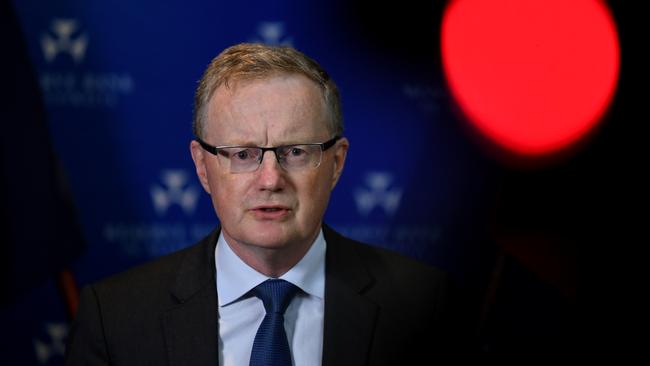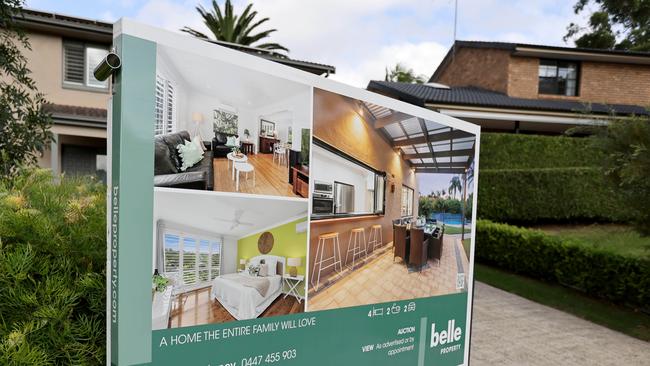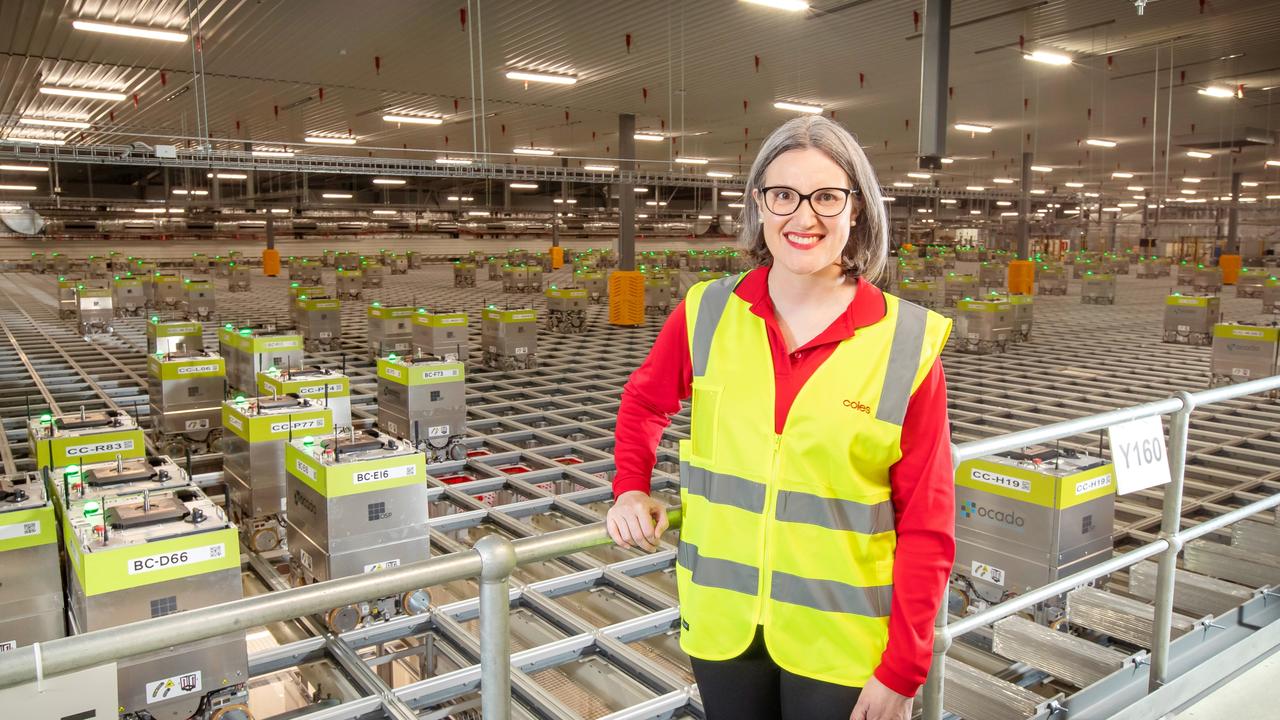Terry McCrann: The real interest rate race starts on Cup Day
This week Reserve Bank Governor Philip Lowe is going to somewhat uncomfortably announce that the Covid economic crisis has now ended.

Business
Don't miss out on the headlines from Business. Followed categories will be added to My News.
Tuesday afternoon at 2.30 your investment world is going to be officially upended.
The Reserve Bank is going to abandon the policy structure it put in place exactly one year ago – at, ironically, 2020’s Melbourne Cup Day meeting.
Critically, this didn’t only comprise four immediately operating elements, all around a 0.1 per cent core interest rate, but the explicit promise to keep it at that 0.1 per cent all the way to “at least” early 2024.
That 0.1 per cent gave you 2 per cent owner-occupied home loans – effectively all-but free money that sent property prices right around Australia, but especially Melbourne, Sydney and the Gold Coast, rocketing higher.
It also meant you had to give banks free money; as they slashed the interest rates they would pay depositors to zero or trifling points above zero.
You had to choose between bank deposit security and zero income or chasing some sort of return - but with ‘risk’- in either the share or property markets.
As indeed, you already had to be doing since the RBA had first slashed its official interest rate to an unprecedented 0.25 per cent back in March 2020 when the Covid crisis exploded across the world.
On Tuesday RBA Governor Philip Lowe is going to – somewhat uncomfortably and even more uncertainly – announce that world has now ended; and most especially the ‘promise’ not to change that core 0.1 per cent until 2024.
Last Wednesday we got that ‘surprise’ - at least to the RBA – high inflation numbers; investors in the bond market immediately began betting there would be rates rises and they would come as early as next year, 2022, some two years ‘early’.
Now this sort of ‘rate betting’ happens all the time. But in times past, the RBA would just be a spectator.

This time, though, it’s uniquely different, because the RBA had committed to keeping that early-2024 bond yield at 0.1 per cent; and, importantly, keeping it there, all the way to 2024.
It’s never done anything remotely like that before. So now it has a simply unavoidable choice: recommit or walk away.
It will have to do the second, and suddenly ‘all bets are off’; or actually, the exact opposite: we go back to investors betting on what will happen to interest rates and when.
The broad assumption, spreading right across the market, going into the weekend, is that they will start to go up next year.
We immediately saw predictions this could trigger falls in property prices in Melbourne and Sydney of as much as 10 to 20 per cent.
Oh, if only it was that simple.
You mightn’t like it – obviously, if you were over-invested in property or had really stretched to get that first home loan. An across-the-board say 100 points hike to your interest rate over the next year or two would be, well, ‘painful’.
But it would be – sort of - predictable. Inflation goes up, as the economy strengthens with Victoria and NSW surging out of lockdown. We see wage rises. Interest rates go up. Property prices and the share market level off or fall, maybe a little, maybe more.
That path is by no means clear-cut. The inflation is being driven – right around the world – by a combination of surging energy prices and the Covid-caused supply disruptions.
Unless and until they feed into wage rises, we are unlikely to see surging or sustained inflation. The RBA is not going to raise its rate immediately, and there’s no certainty that it will raise in 2022 as the ‘market’ is now predicting.
All of this immediate frenzy is backgrounded by developing seismic shifts in the two fundamental dynamics that have underpinned and driven the global economy and investments for the past decade.
They were, first, the seemingly unstoppable growth of China, delivering not only broad economic growth (especially for us in Australia) but keeping global inflation low in combination with technological change and the explosive growth of the online world.
The second was the zero interest rates and money printing in the US since the GFC in 2008 which drove the surging global asset values without – thanks to the China/tehnco/online dynamics – triggering conventional goods and services inflation.
Both of those are now disintegrating. The China and the US of the 2020s are not going to be the ones of the 2010s.
Furthermore policymakers in both places – Beijing and Washington - haven’t a clue what to do, except for desperately trying to patch over specific problems as they erupt.
And we’ve still got Covid. It’s going to keep getting more and more ‘interesting’; and it officially ‘starts’ just 30 minutes before they jump on Tuesday.
Originally published as Terry McCrann: The real interest rate race starts on Cup Day



